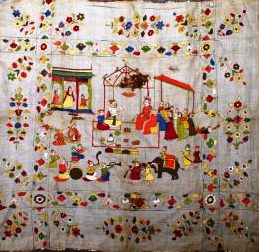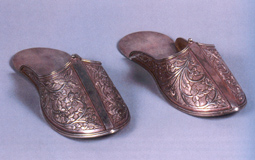
Art history/ Historiography
Enforced Isolation: The Remarkable Artistic Response of Sonabai Rajawar
Dr. Stephen P Huyler
Issue 05,Summer 2020
The Poetics and Politics of Indian Folk and Tribal Art
Issue #005, Summer, 2020 ISSN: 2581- 9410
Our entire world is in lock-down. Can you imagine what it would be like if that were to continue for fifteen years? To be alone, truly alone, with only your spouse and infant child as company for a full fifteen years, seeing and being seen by no one else? No radio, no television, no computer, no printed materials, no contact with the outside world? What would your response be? Mine might be desperation and depression. If I were to express myself creatively, as I am wont to do, my art might easily be as dark as my desolate mood. During the current pandemic, when most of us on earth need to socially distance ourselves, to practice self-isolation so as not to catch or spread Covid-19, I remember the phenomenal story of Sonabai Rajawar. Around 1930, Sonabai was born to a poor farming family in a tiny village in Surguja District, an extremely remote part of what was then the Central Provinces of British India. She never knew her exact age or her birth year. Just before Indian independence, when the girl was fifteen, her parents arranged her marriage to someone she had never seen, a custom prevalent in those days. Her new husband, Holi Ram Rajawar, was a far older man, a widower who farmed his own rice paddies and supplemented that...
This is a preview. To access all the essays on the Global InCH Journal a modest subscription cost is being levied to cover costs of hosting, editing, peer reviewing etc. To subscribe, Click Here.



